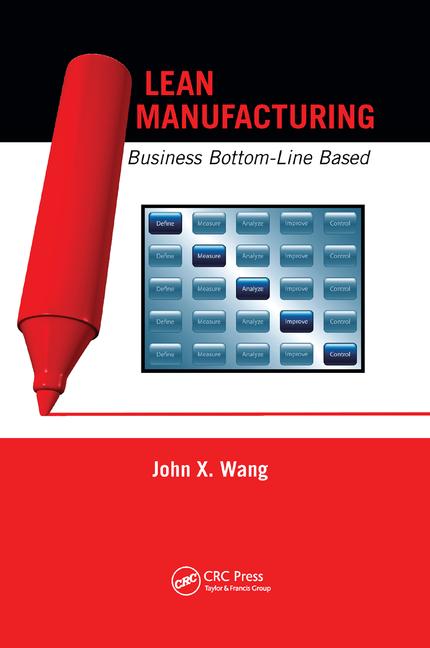Make your changes visible. If others can’t see them, they can’t learn from them and won’t follow your lead.
One of the most common questions I get is how to measure lean progress. You can, for example, easily measure how many people you’ve trained or how many events you’ve done. But while these might be worth tracking, they are useless as measurements because they do not quantify change-they only indicate activity.
I believe one of the best metrics, although difficult, is to measure what percentage of a leader’s own job changes each quarter or year, whether in content or method. My hypothesis is that for change to be sustainable, leaders must internalize lean principles and continuously reinforce them; then others will follow.
Leaders who truly internalize lean principles will have to improve their own work as much as-or more than-that of the people around them. A leader who has truly internalized lean principles will do what it takes to lead a successful and sustainable journey. It follows at once that asking leaders to report what they changed and how is useless. What’s important is how the leaders’ jobshave changed!
I can’t think of a better example than Dennis Pawley, the executive vice president of manufacturing and labor relations during Chrysler’s lean transformation in the 1990s. Denny is a legend in the industry for all he accomplished, in part because of a critical moment in Chrysler’s journey where he truly led by example. Before that moment, Denny received a report on the previous day’s performance at every one of his few dozen factories every morning. Then the firefighting began. Who missed the target? What was being done about it? The phone calls would begin, and reactive problem solving would be in full bloom.
Then-as the lean journey began-Denny made the pivotal decision: He did not want to see that daily production report again. This was a very difficult decision, because those reports were part of his comfort zone. They were how he stayed on top of the performance for which he was accountable.
Denny made it known that managers were still responsible for hitting their performance targets, but that he wasn’t going to do their firefighting. Instead, He decided to invest his time in learning, coaching and even in formal teaching. That was 14 years ago and to this day, I do not believe I’ve seen any executive commit as much personal time to teaching and coaching the people in his organization as Denny did then.
Many people feel they are essentially victims, and that they are thrust into firefighting without any choice. But none of us can solve every problem we face-we have to be selective, consciously deciding to address some problems and ignore the rest. As a leader, you need to first decide where you want your organization to go. Then determine-as Denny did-whether the time you are spending and the methods you are using will get you there.
Start with your own work methods-how you execute the work you currently do. Develop a different set of questions to ask on your next operations review. Use the five whys for problems that you own. Take the 1-hour-a-week project team you’re leading and turn it into a focused kaizen. Develop a system for managing your e-mail. Hold your meetings at the point of activity instead of in the conference room.
And here is the all-important success factor in making this have an impact: Make your changes visible! If others don’t see the changes that you’ve made, they can’t learn from them and won’t follow your lead. If this requires telling people, then do it. Modesty is not as important as change. Leading lean begins with you.
Jamie Flinchbaugh is a founder and partner of the Lean Learning Center in Novi, MI, and the co-author of The Hitchhiker’s Guide to Lean: Lessons from the Road.He shares his successful and varied experiences of lean transformation as a practitioner and leader through companies such as Chrysler and DTE Energy. He also has a wide range of practical experience in industrial operations, including production, maintenance, material control, product development and manufacturing engineering. Jamie is a graduate fellow of the Leaders for Manufacturing Program at the Massachusetts Institute of Technology, where his research thesis was on implementing lean manufacturing through factory design. He also holds a B.S. in Engineering from Lehigh University in Bethlehem, PA, and an M.S. in Engineering from the University of Michigan. To contact Jamie directly, go to the web site www.leanlearningcenter.com.
Get our new eMagazine delivered to your inbox every month.
Stay in the know on the latest assembly trends.
SUBSCRIBE TODAY!Copyright ©2024. All Rights Reserved BNP Media.
Design, CMS, Hosting & Web Development :: ePublishing


